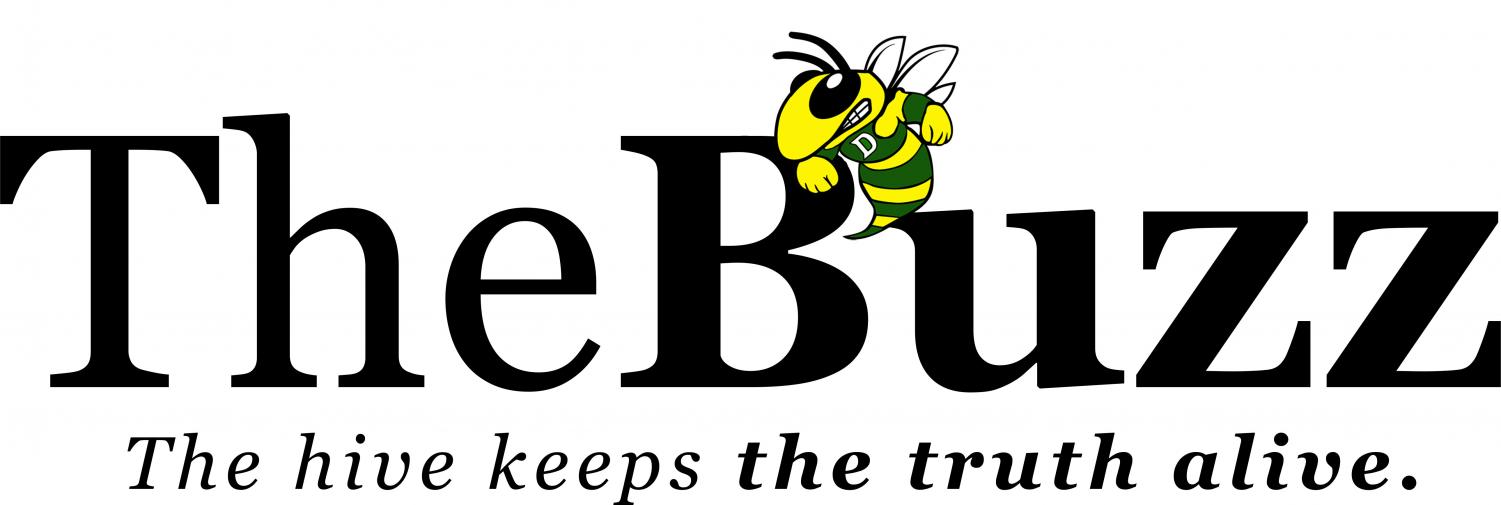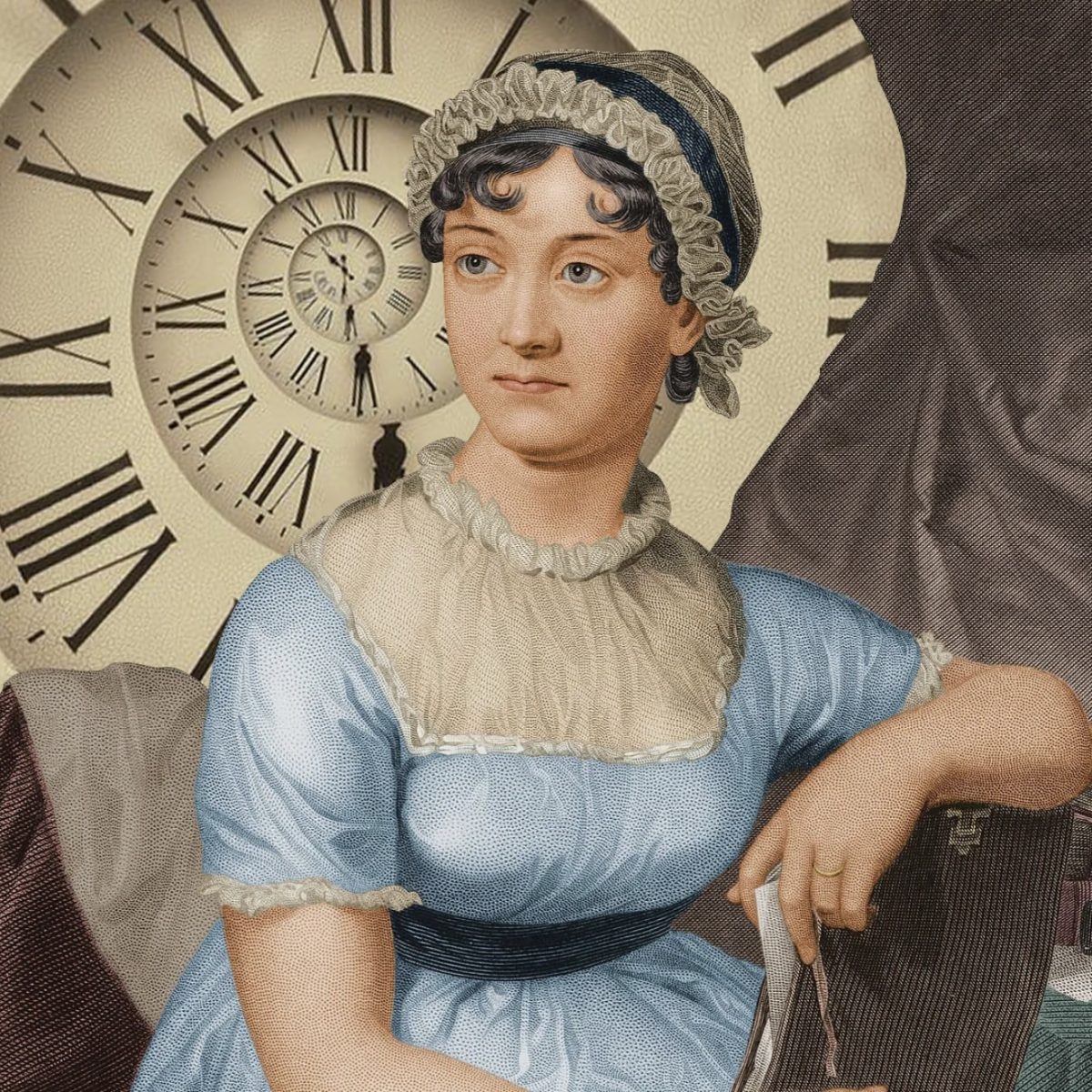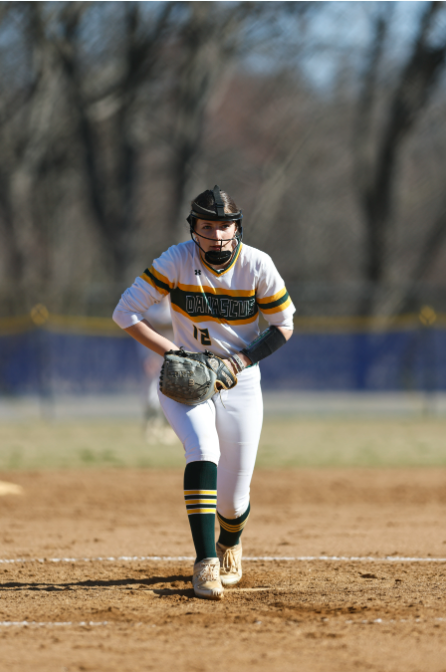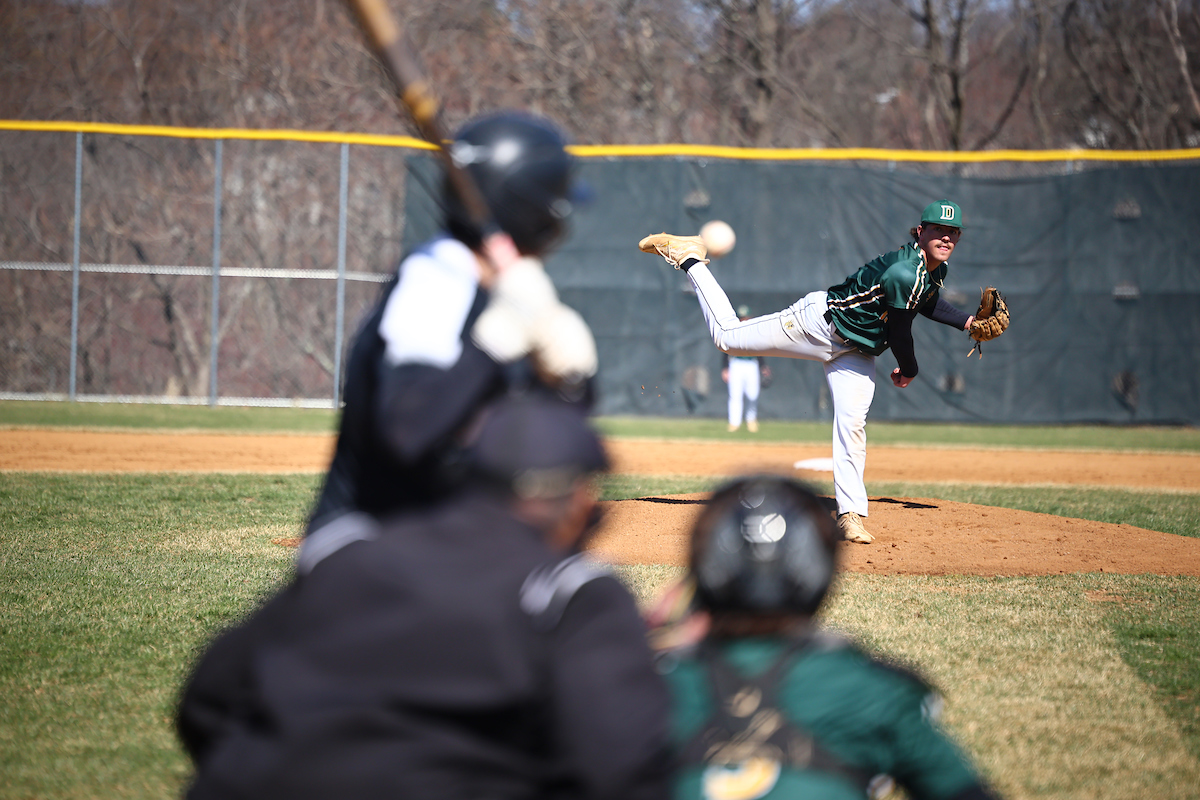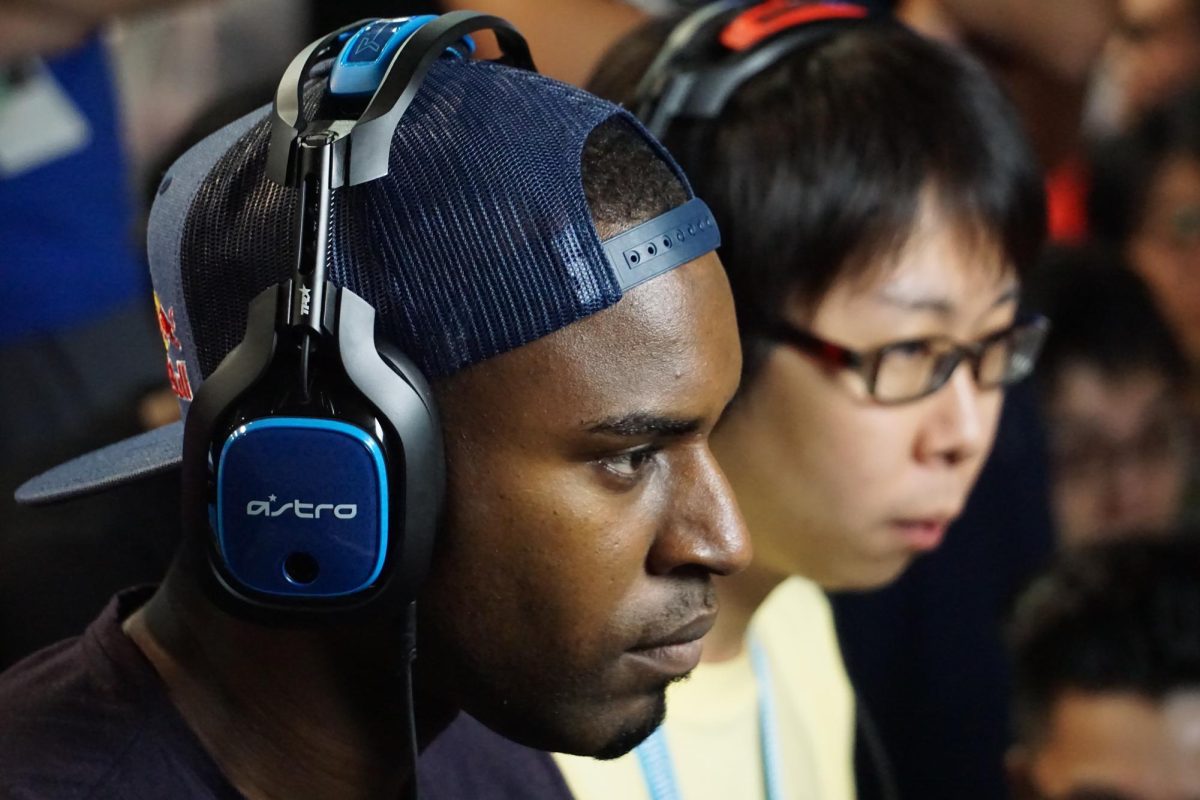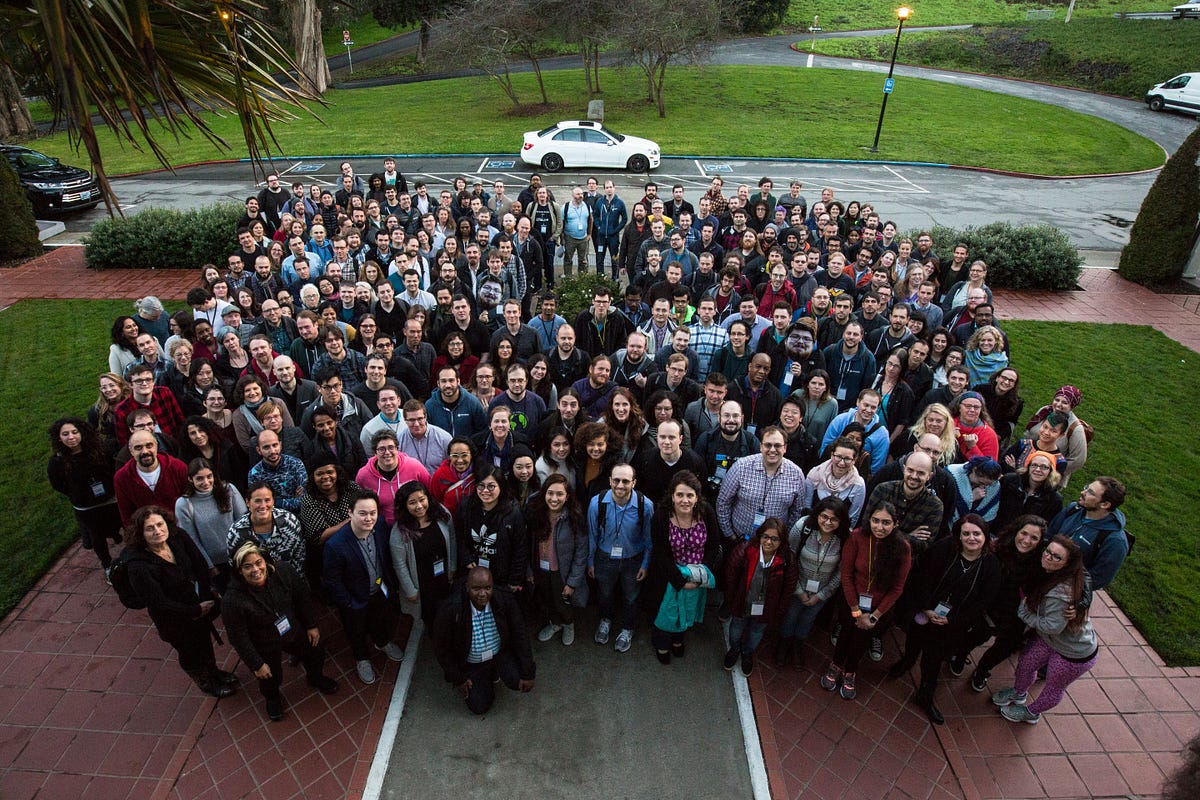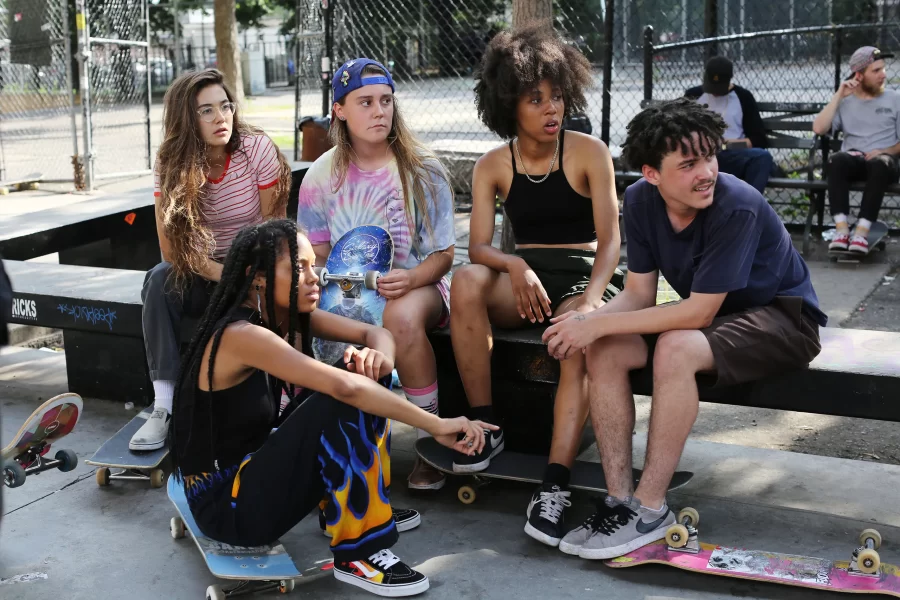The Entire History of Skateboarding On ‘Deck’
Skateboard culture is still seen around the world today, making it one of the most practiced sports.
April 27, 2022
Skateboarding was first invented in the 1950s in California. No one knows where the very first skateboard was made, but skateboarding was a sport created by surfers who wanted something to do when the tide was low and the waves weren’t apparent. In the United States it became increasingly popular until it peaked around 1963, right before a crash in interest around 1965. Skateboarding soon became frowned upon and society viewed skateboarders as ‘delinquents’.
In the early 1970s, urethane wheels were created. On the original skateboards, they had awful, rickety, old metal or wooden wheels. These urethane wheels were molded and suddenly made it much easier to skate over less-than-perfect terrain, sparking a new wave of sidewalk surfing. After a couple of years skateboarding finally started to be seen in the UK, which kickstarted its international craze.
First, it started with teens importing skateboards but then grew in popularity enough to have dedicated shops popping up. Despite the recent spike in interest, facilities for skateboards in the UK were rare, along with only a handful of parks were built for skateboarders. One of the first skate parks was built in Southbank, UK, where it remains to this day as a free park. Despite the parks being built, reports of the time were skateboarders preferred to skate underground, coming together in groups skating in the streets, or abandoned car parks.
Traditional groups often viewed skateboarding negatively with the royal society for the prevention of accidents, swearing strongly against it, claiming up to 4,500 British children could be hospitalized each year. This is despite a study conducted at the time where skateboards were ranked 25th on a list of dangerous equipment. Shortly after a huge spike, there came a major decline in popularity again in the 1980s. Skateboarding recovered elsewhere in the world but it was slow to regrow in popularity in the UK.
During the 1990s along with the rise of grunge and hip-hop music, street skating began to get popularity again but this time it was seen as a cultural movement instead of just a sport. This trend continued to grow and thrive thanks to the developments on the horizon at the end of the decade.

There were about 3 major developments that quickly took skateboarding into the mainstream both in the UK and worldwide. One of the first developments was the launch of the X games by ESPN in 1995. X Games took place in the United States, this was the first major event to bring together extreme sports and eventually have ‘the best in the world’ at various events including skateboarding street and skateboarding vert. The games also made some of skateboarding’s first true celebrities recognizable worldwide through sponsorships and partnerships, such as world renowned skateboard legend, Tony Hawk.
What brought the spotlight to skateboarding was many of the popular video games in the late 1990s and early 2000s. The original ‘Tony Hawk’s Pro Skater’ game was released for the original PlayStation console in 1999 and had huge selling numbers along with thousands of great reviews. Multiple other sequels came along as well, each with a classic soundtrack. The game made a huge appeal to the youth of the time inspiring them to go out and find a half-pipe.
The final big development in skateboarding was the rising of content accessibility, particularly on YouTube and other online video websites. Thanks to the original pro skaters, skateboarding has rising popularity still going strong among the thrill-seekers of today. Today there are over 1,500 skateparks in the UK. Kaos Park, the largest and oldest skate park located in Southbank park remains free to use. Regularly there are about 60,000 active skateboarders in the UK which has remained fairly steady in the past decade. It is estimated that if you include casual skateboarders the number rises to around 300,000 making it one of the most popular sports for participation in the country.
